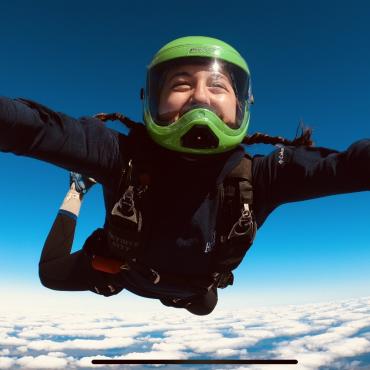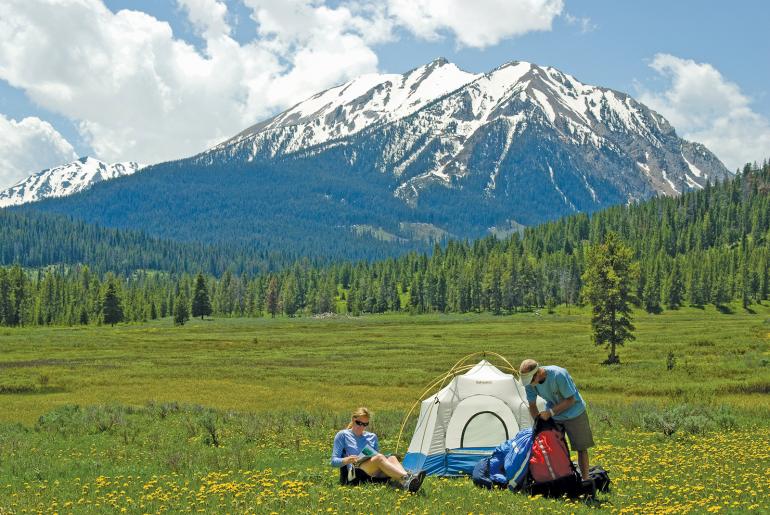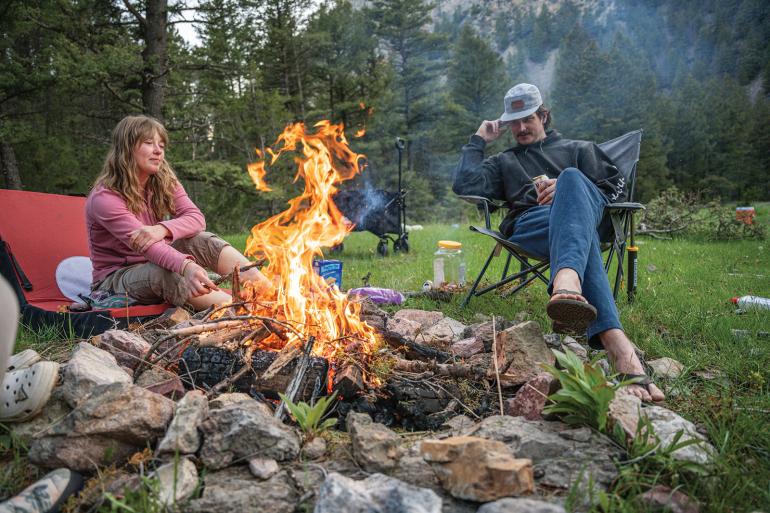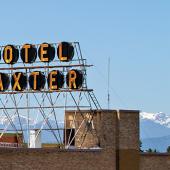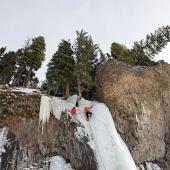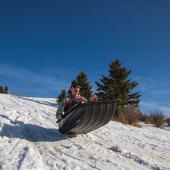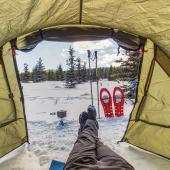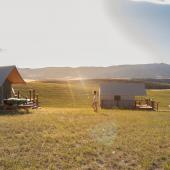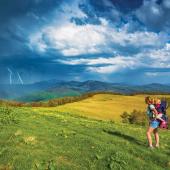The Great Outdoors
A guide to mindful camping.
There’s something special about stepping away from the noise of daily life and into the quiet company of the outdoors. Wind-rustled trees, chirping crickets, and the ambient glow of the moon set the stage for nights that are both peaceful and alive. Camping and backpacking are highly accessible—nearly anyone can pitch a tent—and all it takes to get out is a bit of grit, some basic gear, and general guidance. Here’s what you need to know.
Camping and backpacking are highly accessible—nearly anyone can pitch a tent—and all it takes to get out is a bit of grit, some basic gear, and general guidance.
Where to Go
Bozeman is bursting with opportunities for every kind of camper, though it can be a challenge to find a spot that hasn’t been overrun by the masses. First, decide what kind of camping you’d like to do—cowboy, tent, hammock, or car—then pull out a map or two and start looking around the general area you’d like to stay while keeping an eye out for public land and access roads.
US Forest Service (USFS) land offers a wide variety of dispersed camping opportunities, and it’s a great place to get a feel for camping without the hassle of permits or paying for pricey camp spots. Bureau of Land Management (BLM) land also offers dispersed camping, but it’s important to remember that not all land managed by USFS or BLM will have amenities such as pit toilets or fire rings. Make sure you’re familiar with the conveniences—or lack thereof—before embarking on your journey. Even if a site claims to have certain features, you should always be prepared to rough it.
US Forest Service (USFS) land offers a wide variety of dispersed camping opportunities, and it’s a great place to get a feel for camping without the hassle of permits or paying for pricey camp spots
If you’re hoping for something more developed, check out recreation.gov, which covers land managed by 14 federal agencies—including USFS, BLM, and the National Park Service. It’s a more straightforward way to make camping reservations, but the user-friendly convenience of rec.gov has made the site incredibly popular, so don’t be surprised when you’re camping next to a family of four plus Fido. Campgrounds listed there generally have basic amenities, and although the campsites are highly trafficked, you’ll find that they’re typically maintained better than a standard campsite.
Dial It In
When spending time outdoors, the last thing you want to be is underprepared—but that doesn’t mean you should bring every piece of gear that you own. To avoid the burden of being too cold, wet, or miserable, it’s important to strike a balance between under- and over-preparedness.
When it comes to drive-up sites, don’t fall for the REI propaganda. Though new gear can be useful and exciting, you don’t need to drop your whole paycheck just to go car camping. Backpacking, however, demands a bit more attention to gear. Choose the wrong setup, and you could end up miserable for days while deep in the backcountry.
When it comes to drive-up sites, don’t fall for the REI propaganda. Though new gear can be useful and exciting, you don’t need to drop your whole paycheck just to go car camping.
Regardless of the kind of camping you opt for, a suitable shelter, a comfortable sleeping pad, and a warm sleeping bag or quilt are non-negotiables. Besides those basic items, you’ll also want to bring along items such as headlamps, extra warm layers, and a cooking apparatus.
Food
The primary advantage of car camping lies in not having to worry about space or weight restrictions, allowing you to bring an abundance of equipment. With resources like a grill or griddle, a full pancake breakfast is both practical and easy to prepare. Backpacking, on the other hand, requires a more measured approach to meal-planning. Falling short on calories can sap your energy, but conversely, overpacking adds needless weight to your load. For those new to the activity, prepackaged, freeze-dried meals can be a great option, though experienced backpackers will often opt for the interminable efficiency and affordability of ramen noodles and tuna packets.
Falling short on calories can sap your energy, but conversely, overpacking adds needless weight to your load.
Safety
When backpacking, it’s crucial to understand the limits of your group before embarking on a trip. You can only go as fast as your slowest member, and you don’t want to expose your friends to hazards they didn’t sign up for. Consider not only fitness levels, but also experience with navigation, terrain, and backcountry conditions. At least one person should carry bear spray, though ideally several—if not all—members of the group will be equipped. Also, consider your group’s comfortability when outdoors. If someone is new to camping—or just a bit trepidatious—pick a pleasant drive-in spot with a pit toilet to ease them into the world of sleeping outdoors.
Leave No Trace
Regardless of the kind of camping you’re doing, it’s important to abide by the principles of Leave No Trace. Set up camp only in designated areas and avoid expanding your footprint beyond established boundaries. Make sure to pack out any garbage or easily forgotten items. Even minor traces, from food wrappers to forgotten gear, can disrupt the environment and diminish the experiences of those who follow. For more information, go to lnt.org.

